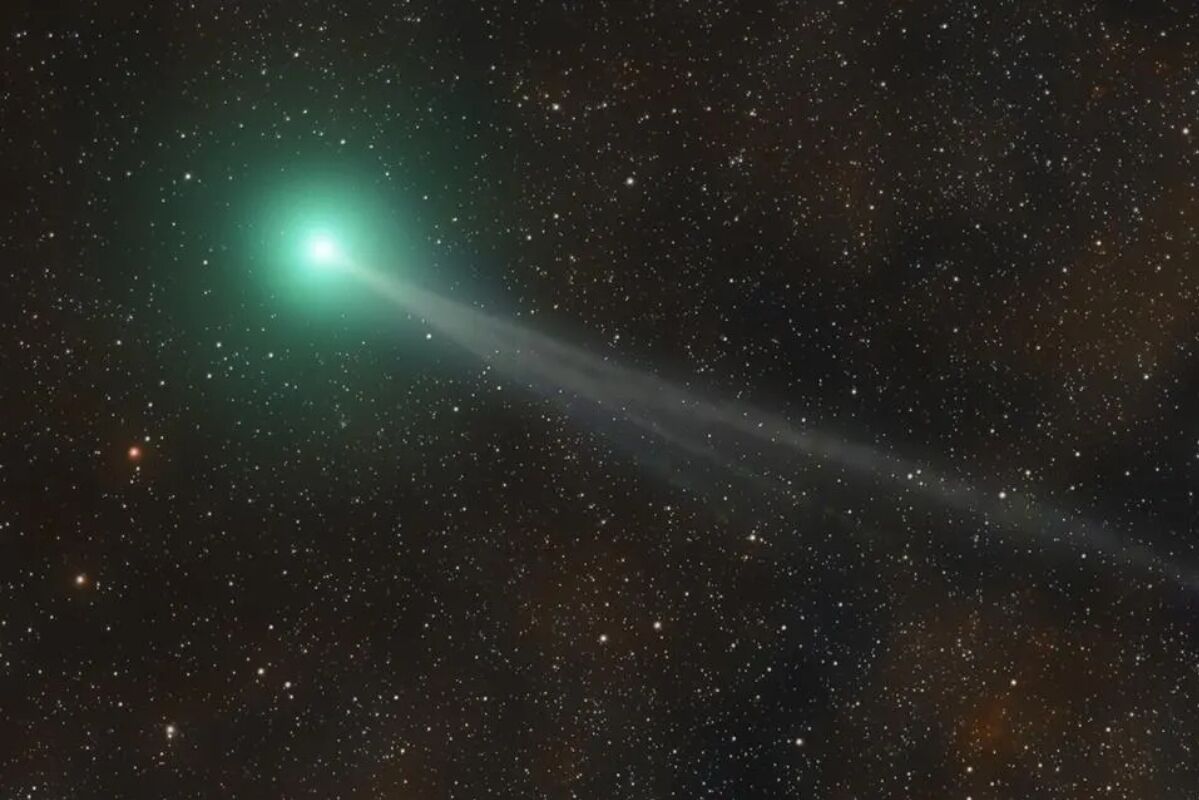Newly discovered Nishimura comet visible in Thailand this Sunday

Keep your eyes pointed upwards this weekend as Thailand will be treated to a rare celestial sighting. The National Astronomical Research Institute of Thailand (NARIT) has revealed that the Thai population might have the opportunity to observe the newly discovered Nishimura comet this Sunday evening as it approaches the sun.
The comet, officially tagged as C/2023 P1 and named after Hideo Nishimura, a Japanese amateur astronomer, has a lengthy 437-year journey around the Earth. Composed of dust and ice, the celestial body is predicted to come within 125 million kilometres of our planet on Tuesday, according to NARIT’s projections.
NARIT warns that the comet may be challenging to locate initially due to its angled approach towards the Earth and the sun. However, after Friday, the Nishimura comet is expected to be visible in the western sky once the sun goes down and will be observable on Sunday when it approaches within 34 million kilometres of the sun.
The Comet Observation database has indicated that the Nishimura comet’s brightness will be at magnitude 3, allowing it to be visible to the naked eye.
NARIT further informs that on Sunday evening, people in Thailand should search the skies for the Virgo constellation, giving them an estimated hour to spot the Nishimura comet before it fades from sight. As the comet continues its journey away from the sun, its visibility will decrease.
NARIT also advises observers to look for a long tail and a green hue, the distinctive characteristics of the Nishimura comet.
The discovery of the comet was first made by an amateur astronomer on the morning of August 11 while taking long-exposure photographs of the sky with a digital camera. His observation was confirmed by the Minor Planet Centre on August 15. This marks Nishimura’s third comet discovery, following Comet Nakamura-Nishimura-Machholz (C/1994 N1) and Comet Nishimura (C/2021 O1).
At the beginning of February, a similar green comet was briefly visible in the night sky for the first time in 50,000 years. That comet, named C/2022 E3 (ZTF), astronomers discovered in March 2022 at the Palomar Observatory in San Diego County, California.
Follow more of The Thaiger’s latest stories on our new Facebook page HERE.
Latest Thailand News
Follow The Thaiger on Google News:


























